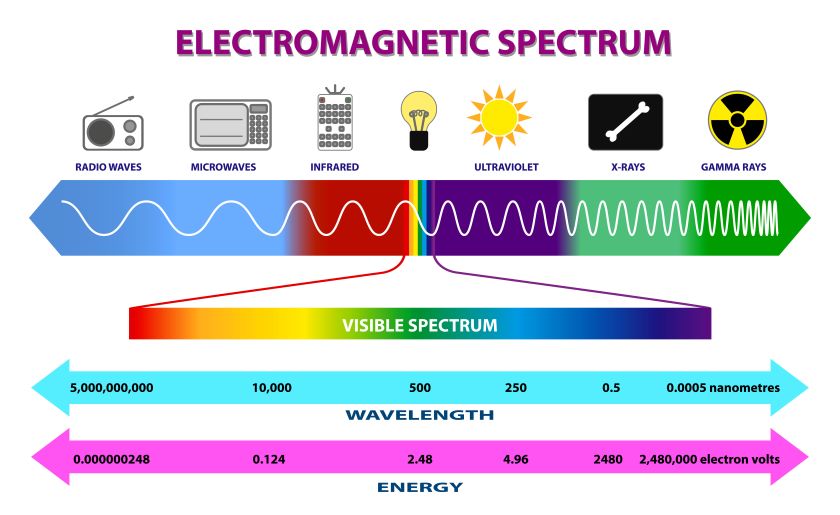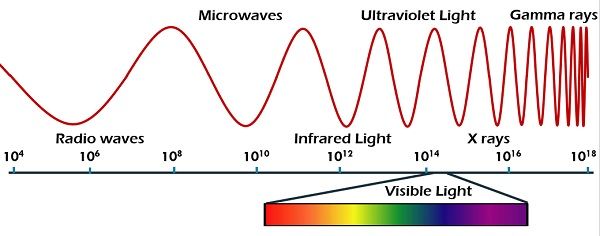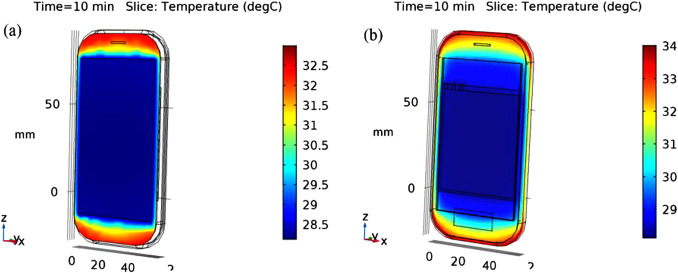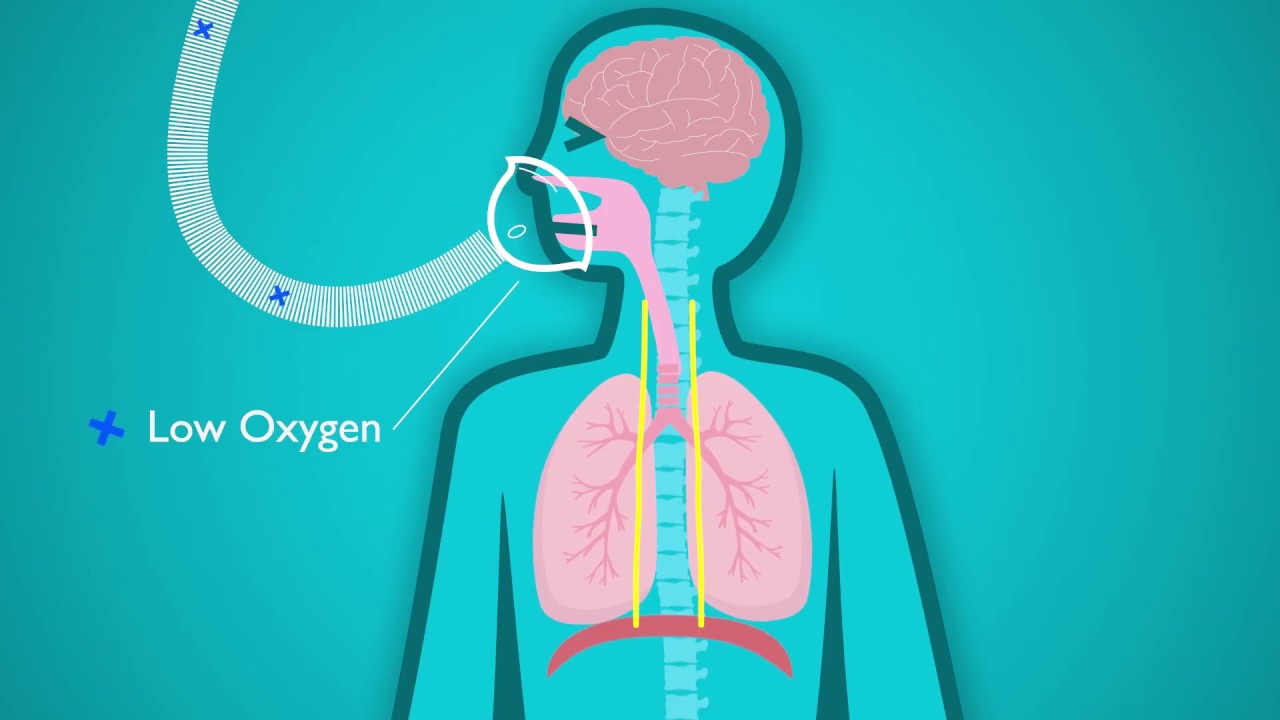The question of whether electromagnetic radiation is harmful is a hot topic that attracts a lot of attention in today’s technological era. In this article, we will delve into the potential dangers of electromagnetic radiation and its possible effects on human health.
Introduction to Electromagnetic Radiation
Electromagnetic radiation is a form of electromagnetic waves, which are described in optics and physics as energy transmitted through space in the form of waves or tiny particles called photons. Electromagnetic radiation encompasses a range of waves with varying frequencies and wavelengths, including radio waves, microwaves, ultraviolet rays, visible light, and X-rays.
Electromagnetic waves travel through space at the speed of light, approximately 299,792 km/s in a vacuum. They can pass through different materials such as air, water, and even solids. Electromagnetic radiation can exhibit both wave-like and particle-like properties, depending on how it interacts with matter.

The applications of electromagnetic radiation are diverse. Visible light is a crucial form of electromagnetic radiation, used to observe and study distant objects in the universe. X-rays are used in medicine to image the inside of the human body. Radio waves and microwaves are widely used in wireless communication and telecommunications.
Electromagnetic radiation also plays a significant role in various natural phenomena, such as sunlight, radio emissions from stars, and human-made technologies like television, telecommunications, and wireless energy.
1. Is Electromagnetic Radiation Harmful?
Electromagnetic radiation can offer many benefits to people and society, but it can also be harmful if exposure occurs at high levels or under certain conditions. Here are some key aspects related to this issue:
Visible Light and Ultraviolet (UV) Rays
- Benefits: Sunlight provides visible light essential for survival and energy production. UV rays can stimulate the production of vitamin D in the skin, which is important for bone health.
- Harm: Long-term exposure to UV rays can damage the skin and increase the risk of skin cancer. Sunscreen and protective clothing are recommended to minimize these risks.
X-rays
- Benefits: X-rays are used in medicine to capture images and diagnose diseases. They are crucial for detecting and treating a wide range of medical conditions.
- Harm: High levels of X-ray exposure can damage cells and increase the risk of cancer. Therefore, X-rays should be used with caution, and their exposure should be minimized when possible.
Radio Waves and Microwaves
- Benefits: Radio waves and microwaves are widely used in wireless communication and cooking. They facilitate various modern technologies, including radio, television, and mobile phones.
- Harm: High-intensity exposure to these waves can generate heat and potentially affect the body, but under normal usage conditions, they are generally considered safe.

Radiation from Electronic Devices
- Benefits: Electronic devices like mobile phones and laptops use radio waves and microwaves to transmit information. They play a significant role in communication and daily activities.
- Harm: Concerns about the health effects of radiation from these devices are still being researched. However, current studies generally do not show evidence that typical levels of exposure from these devices pose a significant health risk.
In summary, while electromagnetic radiation can be beneficial in many applications, excessive exposure or improper use can lead to potential health risks. It is important to follow safety guidelines and use protective measures when necessary.
2. What Are the Potential Health Risks of Electromagnetic Radiation?
Electromagnetic radiation from electronic devices such as mobile phones, laptops, radio waves, and microwaves is an integral part of modern life. However, concerns and debates persist about whether electromagnetic radiation is harmful. Here are some potential health risks associated with electromagnetic radiation:
Ultraviolet (UV) Rays from Screens and LED Lights
- Risk: Screens of computers, mobile phones, and LED lights can emit UV rays, potentially causing eye strain, glare, and disruption to sleep patterns when used at night.
- Protective Measures: Use UV-blocking glasses or reduce screen brightness in the evening to minimize negative effects.
Temperature Effects from Mobile Phones and Laptops
- Risk: Prolonged use of mobile phones or laptops on the lap or close to the body can increase temperature, which may affect reproductive health.
- Protective Measures: Avoid direct contact with the body by using desks or heat-protective pads for devices.

Radio Wave Effects from Mobile Phones
- Risk: Some studies suggest a potential link between mobile phone use and certain types of cancer or other health issues, though results remain inconclusive.
- Protective Measures: Use earphones or speaker mode to reduce direct exposure to the head.
Radiation from Wireless Devices
- Risk: Wireless devices like routers emit radio waves and microwaves, raising concerns about their potential impact on health.
- Protective Measures: Position wireless devices away from the body and limit prolonged exposure.
General Considerations
- Ongoing Research: Most health organizations and researchers continue to investigate the effects of electromagnetic radiation on health and develop effective protective measures. The long-term impact of electromagnetic exposure on both physical and mental health is still under study.
While some risks are suggested, the majority of current research does not conclusively prove significant harm from typical levels of electromagnetic radiation exposure. Nonetheless, adopting precautionary measures can help mitigate potential risks.
3. Effective Electromagnetic Radiation Protection Devices
Today, a variety of devices are available on the market to help reduce exposure to electromagnetic radiation. These range from radiation-blocking phone cases to radiation filters for computers. Among these, one of the most recommended by experts is the emGuarde radiation protection device from Enagic, Japan.

Key Features of emGuarde:
- Patented Technology: emGuarde is the only device globally patented and proven to neutralize all harmful electromagnetic radiation (EMR) effectively.
- Comprehensive Protection: It offers protection for individuals and families in various settings, including homes, offices, and even vehicles.
Benefits of Using emGuarde:
- Effective EMR Neutralization: Provides robust defense against various sources of electromagnetic radiation.
- Versatile Use: Suitable for different environments and can be easily integrated into daily life.
For more information, visit: https://vitacareusa.us/emguarde-electromagnetic-radiation-shielding-device/






